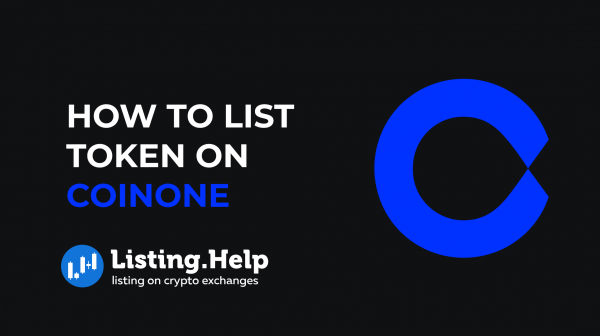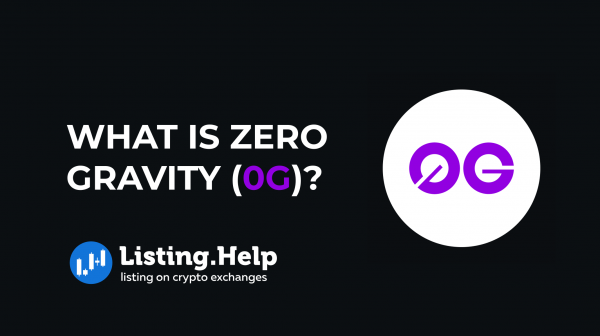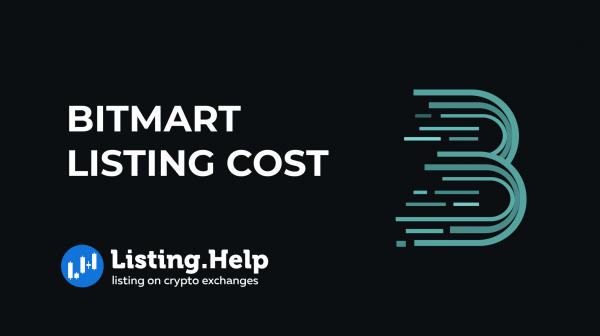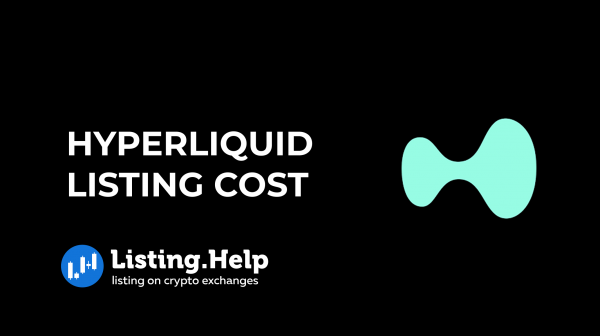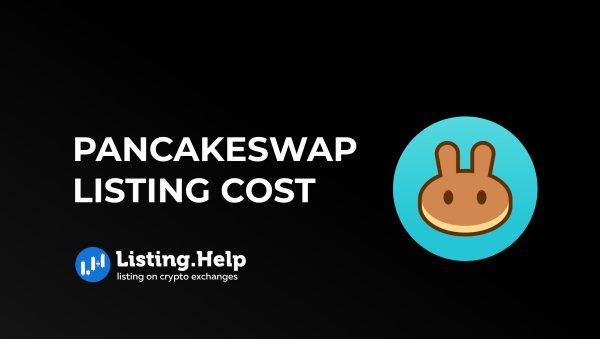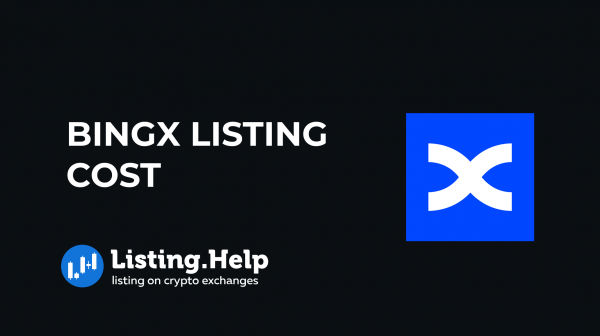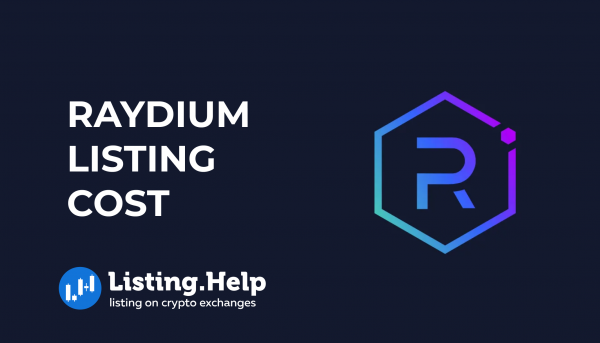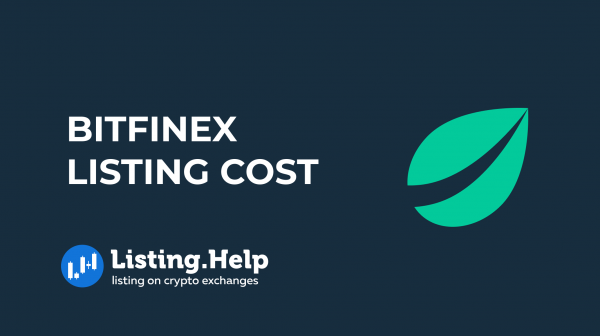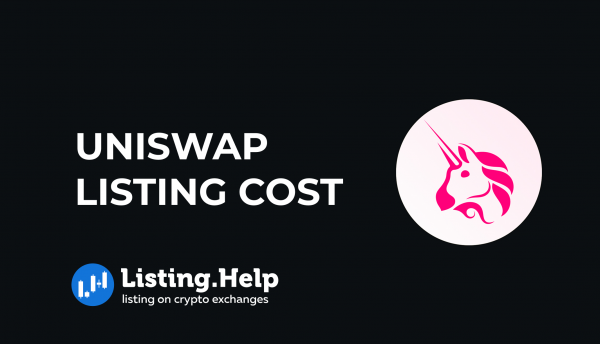What is Hedera Hashgraph? (HBAR)
 April 26, 2024
April 26, 2024 Updated: April 26 2024, 07:57
Updated: April 26 2024, 07:57
LEAVE A REQUEST
Launching your own token project? Our experts are ready to help with listing on exchanges, market making, marketing and other solutions
SUBMIT APPLICATIONHedera Hashgraph is a cryptocurrency network designed to enable secure transactions and deploy applications, but with a twist — it’s governed by a consortium of businesses that manage the software.
To achieve this, Hedera makes some deliberate choices that set it apart from other platforms. For instance, while it boasts fast transaction speeds for its HBAR cryptocurrency, it limits which nodes can participate in validating transactions.
This controlled approach to essential tasks like timestamping and ordering transactions allows Hedera Hashgraph to quickly finalize operations, minimizing the risk of later changes to the transaction record.
The Hedera team claims this structure offers businesses a level of certainty, as they can rely on the data to make informed decisions.
The concept seems to be gaining traction, with many large companies, including LG, IBM, and Boeing, joining as nodes within the network.
How Does Hedera Hashgraph Work?
Hedera Hashgraph operates on a technology called directed acyclic graphs, a concept from graph theory. These structures represent data and flows without looping back, which is crucial in a distributed open ledger, as it ensures that once transactions are added, they cannot be altered.
This technology underpins Hedera’s asynchronous byzantine fault-tolerant consensus algorithm (ABFT). Unlike the slower and more cumbersome cryptographic methods used in traditional blockchain systems, Hedera’s ABFT consensus offers greater efficiency and reduced costs in both energy consumption and transaction fees. This consensus mechanism contributes to the network’s security.
Hedera does not group transactions into blocks; instead, it employs a “gossip about gossip” protocol to ensure proper sequencing and validity before adding transactions individually to the ledger. This process is less energy-intensive and more efficient compared to traditional blockchain approaches.
HBAR is the native cryptocurrency on the Hedera Hashgraph network, much like Ether on Ethereum. The platform also supports smart contracts, providing a base for distributed applications in various industries, including finance. Smart contracts allow for direct transactions without intermediaries, potentially reducing costs and increasing security compared to traditional contracts.
Who Founded Hedera Hashgraph?
Leemon Baird, an American computer scientist and former professor at the United States Air Force Academy, is the inventor of the hashgraph consensus algorithm that drives Hedera Hashgraph. In 2015, Baird co-founded Swirlds, a corporation holding patents for his hashgraph innovations. Swirlds licenses this technology to various industries to build customized applications.
Baird co-founded Hedera Hashgraph in 2017, assembling a management team and key investors. The public launch occurred in March 2018 in New York City, with a large live audience and tens of thousands of livestream viewers. Hedera then introduced its website, cryptocurrency, governing council, and whitepaper.
The governing council of Hedera Hashgraph includes major corporations like Boeing, Google, IBM, and Deutsche Telekom, among others.
What Distinguishes Hedera Hashgraph?
Hedera Hashgraph stands out as a public cryptocurrency platform not based on blockchain technology, marking both its strength and its weakness. Despite public source code, the underlying algorithms are patented, and Hedera is the only licensed public ledger based on hashgraph technology. The company’s vision is to encourage developers to create applications on the Hedera network, with fees and other charges applied to their use.
Hedera’s advantages are notable: the hashgraph structure does not face the same scaling issues as blockchains, and there’s no mining, reducing environmental impact. According to Hedera, transactions on its network are faster, more secure, and cheaper compared to blockchain-based systems.
The Hedera Hashgraph mainnet currently handles over 4.5 million transactions daily, with a throttle set at 10,000 transactions per second. Hedera claims this capacity can be scaled infinitely through sharding. The transaction fee is a nominal $0.0001, with validation times of three to five seconds and a minimal energy requirement of 0.00017 kilowatt-hours per transaction. This contrasts significantly with Bitcoin’s 885 kWh and Ethereum’s 102 kWh on average per transaction.
What Makes Hedera Hashgraph Valuable?
Hedera Hashgraph attracts technology partners and investors because it offers the benefits of blockchain technology while avoiding some of its scaling issues. Traditional blockchains often struggle with slow transaction times and high energy use, but Hedera’s approach solves these problems, allowing it to manage real-world transaction volumes efficiently.
The HBAR token derives its value from several uses. As the utility token for the Hedera network, it’s earned by validating transactions as a Proof of Stake (PoS) node, or by staking tokens to support network operations. HBAR can be exchanged for other cryptocurrencies or converted to fiat at exchanges like Kriptomat, giving it monetary value.
Investors are interested in HBAR because they anticipate its value will increase as Hedera’s network grows in popularity and use. The presence of large companies like Boeing, Google, and IBM on Hedera’s governing council adds credibility and indicates Hedera’s potential for success. Additionally, if governments impose taxes or restrictions on energy-intensive Proof of Work (PoW) cryptocurrencies, HBAR could gain a competitive edge.
How Many Hedera Hashgraph (HBAR) Coins Are in Circulation?
The total supply of HBAR coins is capped at 50 billion, with 35,742,801,268 currently in circulation. Since creating HBARs doesn’t require complex cryptographic processing, Hedera minted all 50 billion coins before launching its mainnet in 2018. Hedera’s governing council has a 15-year plan to release the coins gradually, maintaining stability and predictability in the token’s supply.
How Is the Hedera Hashgraph Network Secured?
Hedera Hashgraph uses an asynchronous byzantine fault-tolerant (ABFT) consensus algorithm to secure its network. This algorithm has been proven mathematically to offer optimal security in a distributed system.
ABFT is based on a computer science problem known as the Byzantine Generals Problem, where generals surrounding a city must communicate and coordinate despite the risk of messages being intercepted or tampered with by the enemy. The algorithm allows the network to reach a reliable consensus, ensuring that transactions are valid even in the presence of some faulty or malicious nodes.
How to Use a Hedera Hashgraph?
Hedera Hashgraph provides its mainnet for developers looking to build decentralized applications (dApps). The network supports smart contracts and offers the same speed, efficiency, and security benefits as Hedera’s cryptocurrency.
The Hedera network is ideal for dApps that involve payments, identity verification, private token creation, healthcare data protection, and many other applications. The Hedera Hashgraph website offers case studies demonstrating how companies have successfully implemented hashgraph-based solutions in various industries.
How Does Hedera’s Consensus Algorithm Work?
Hedera Hashgraph uses an asynchronous byzantine fault-tolerant (ABFT) consensus algorithm, which is a type of Proof of Stake (PoS) system. This PoS framework relies on a “gossip about gossip” protocol for transaction verification and timestamping. Though distinct from Ethereum’s PoS mechanism, Hedera’s approach allows users to become validators based on their HBAR token holdings.
Validators in Hedera earn fees through microtransactions by participating in the validation process. These fees are distributed to validators for confirming Hedera Hashgraph transactions. Users who don’t operate as validators can still earn from their HBAR holdings by staking with a validator, entitling them to a proportional share of the fees collected from the validation process. This system creates a network where participation and rewards are linked to the amount of HBAR staked or held.

For more insights into the blockchain and cryptocurrency landscape, visit our blog at https://listing.help/blog.




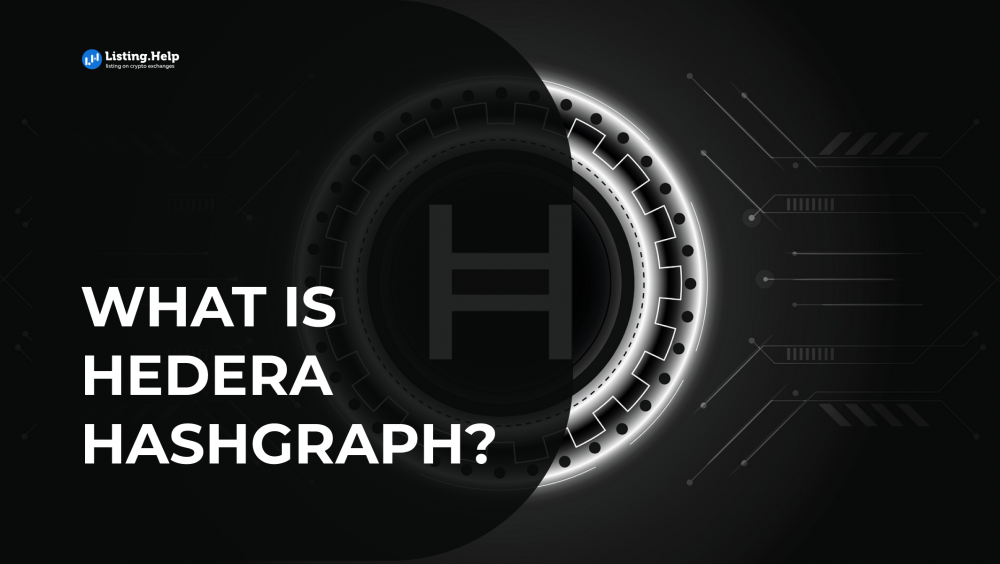

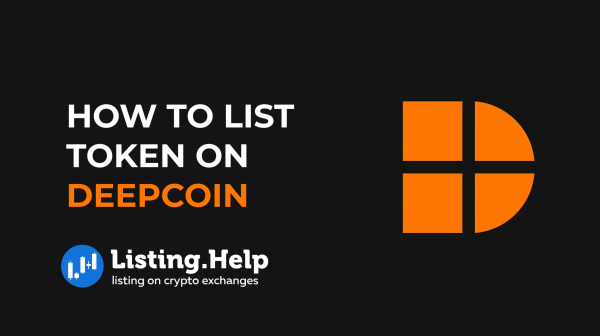
 October 22, 2025
October 22, 2025 